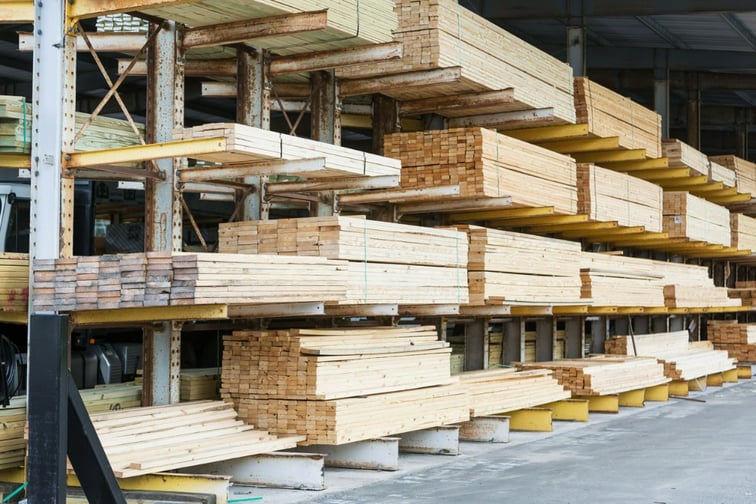

The following article is provided by Paolo Lavisci of WoodSolutions.
While many risks are common across all building materials and systems, it’s important to understand how engineered wood products may be different and what you should be aware of when assessing a timber project and assigning contingency sums.
Here’s a summary of what you need to know.
One of the perceived risks for timber mid-rise construction is fire safety, as timber is a combustible material. However, timber construction achieves the required performance under the National Construction Code’s Deemed-to-Satisfy (DTS) solutions for fire-protected timber construction up to an effective height of 25 metres.
Fully encapsulated EWPs will behave like non-combustible materials for the prescribed fire resistance levels. Performance solutions are required when structural timber is exposed, and a professional fire engineer will apply the same approach as with any other exposed structure.
EWPs in fact, have a very predictable and well documented fire behaviour and maintain their strength and stiffness when temperatures rise. Understanding and designing for these factors is critical to demonstrating that a performance-based fire strategy will meet building code requirements and has successfully been done in several cases in Australia, North America and Europe.
Using EWPs, rather than concrete or steel structures, has been demonstrated to enhance site safety because larger working platforms and pre-installed edge protection are used, anchoring for safety harness is simpler and easier, fixing of components and services uses smaller and lighter tools with no trip hazards from cables, and there’s no need for hot works or welding on site.
Significantly high levels of construction safety are the major driver for both efficiency of installation, and absence of defects. But quality cannot be controlled, if it hasn’t been designed, therefore it is important that design resolution and clash detection are completed before shop drawings and production. This is an easy task with EWPs because of their accurate dimensional tolerances, while minor on-site adjustments are very simple to carry out if required.
While structural elements are fabricated off-site, on-site activities centre around the assembly of the structure and the rate at which this can occur. Analysis of the 26 projects within the WoodSolutions database shows the following “average project” data: the wood carpentry for a seven-storeys building, with a gross internal area of approximately 8,000m2, is installed by a crew of seven at a rate of 92m2 per day. Of course, installation rates can vary and are very project-specific, but in general terms they are significantly faster than with other materials.
Quality Assurance is a simple task with EWPs, because highly automated processes are normally used, in which all the materials are tested, recorded and tracked throughout the production line. As with any other products, it is important that all elements installed are compliant with the specified design.
As for the financial risks, when the level of off-site manufacturing increases, suppliers may require a substantial deposit well in advance of delivery. But for EWPs this may be balanced by the time savings that, in most cases, mitigates this risk.
EWPs have historically shown less price volatility than other materials and, although this is a hot topic at the time of writing, there are already signs of a decrease in the future price indexes. Most analysts expect that the associated supply crunch will soon start to progressively ease, while the industry is already investing to improve its capacity. Luckily wood is a renewable resource, which grows slowly but steadily and can assure the future of mid-rise construction with some forward planning.
As wood-based projects require design to be largely resolved before the elements can be produced, projects often experience fewer variations than is common with other materials that have larger tolerances and require more site work.
In general terms, significant advantages can be found in a fast and predictable building process, where the accuracy of EWPs plays a major role, and this should be reflected in your risk assessment matrix and in the related cost allocations.
The WoodSolutions Fact Sheet #17 on Mid-Rise Insurance is a useful reference you can download.
For more information, expert advice, case studies and technical design guides specific to mid-rise timber design and construction head to the WoodSolutions website https://www.woodsolutions.com.au/mid-rise

Paolo Lavisci
